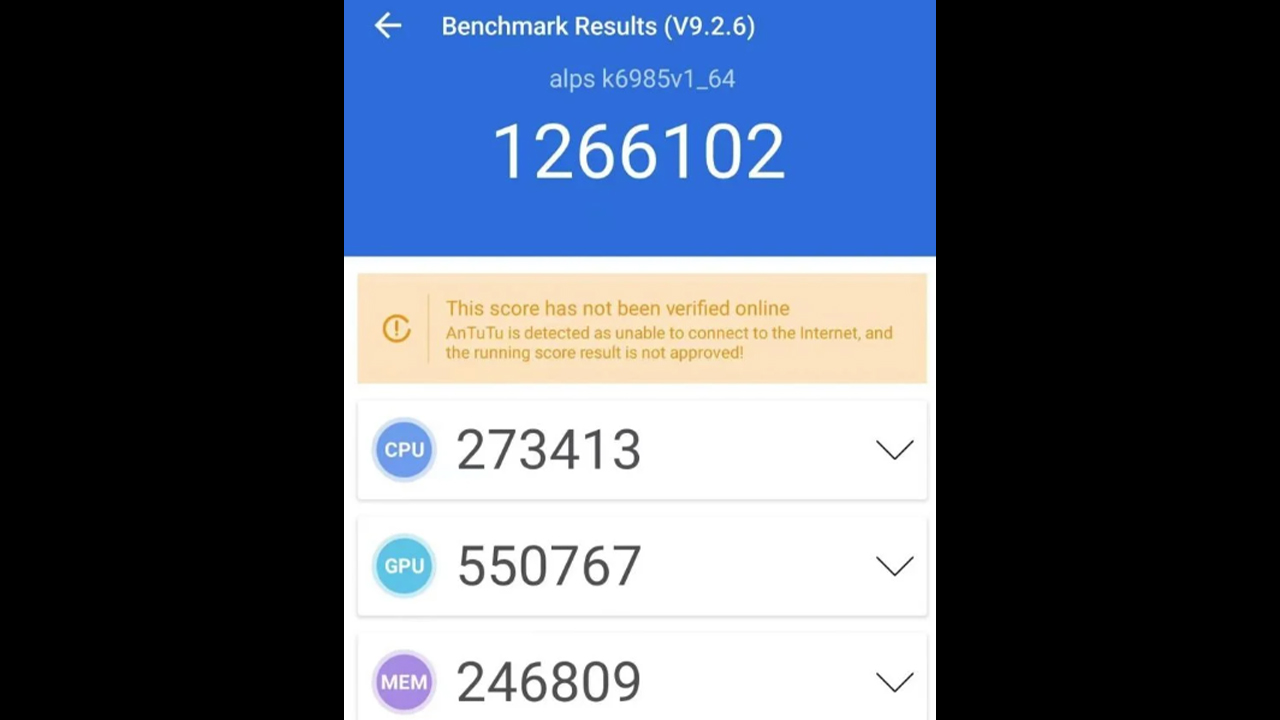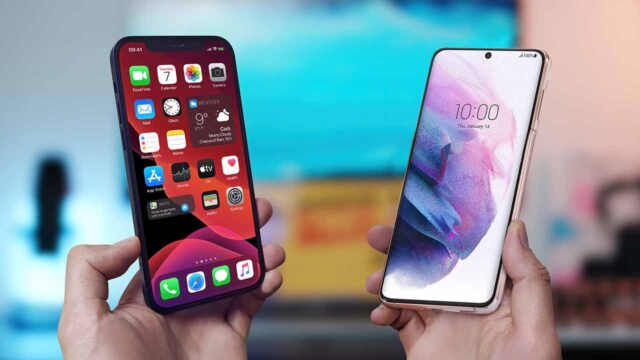Competition in the phone world continues to heat up. In particular, the new platforms developed by the two processor giants for flagship phones are in a great race. Snapdragon 8 Gen 2 on the Qualcomm front and MediaTek’s Dimensity 9200 on the face. Comparisons of both platforms emerged before they met with end users. So who is the leader of this fight?
Great competition!
Vivo X90 Pro+, OnePlus 11, Xiaomi 13 (may also go under the name 14) and iQOO 11 family They will use the Snapdragon 8 Gen 2 platform. In addition, ASUS’ gaming phone ROG Phone 6D Ultimate It contains Dimensity 9200.
The performance of these chips can be compared in the light of the information coming from the devices using both platforms. Performance test result shown above Snapdragon 8 Gen 2 hosting Motorola Edge 40 Pro’it belongs to. AnTuTu V9.5.2 As a result of the test carried out on the platform, 1,312,901 points We see you get it.
Another device included in the benchmark is ASUS ROG Phone 6D Ultimate. The AnTuTu results of the device, powered by MediaTek’s Dimensity 9200 processor, had previously leaked. In testing on AnTuTu V9.2.6 Dimensity 9200, 1,266,102 points taking. This result is exactly from the Snapdragon 8 Gen 2 46,799 points less.

Technical specifications of Snapdragon 8 Gen 2 and Dimensity 9200
Let’s start with the Quallcomm side first. Snapdragon 8 Gen 2 has 1+2+2+3 core array. These are in addition to the 3.2 GHz Cortex-X3 main cores, 2 x 2.8 GHz Cortex-A715, 2 x 2.8 GHz Cortex-A710 and 3 x 2.0 GHz Cortex-A510. While Cortex-X3 is the most performing core, Cortex-A510 is responsible for energy efficiency. In addition, the Adreno 740 interface takes care of the graphics work.
Dimensity 9200 comes with a 1+3+4 core array. In addition to one 3.05 GHz Cortex-X3, three 2.85 GHz Cortex-A715 cores are responsible for performance. Four 1.8 GHz Cortex-A510s take care of the energy efficiency part. Graphics work is entrusted to Arm’s Immortalis-G715 interface.
Let’s point out that the transistor distance of both platforms is 4nm. In addition, both platforms benefit from ray-tracing technology. So regardless of the results, these processors are very powerful for the end user.
So if you were to buy a new flagship phone, which platform would you prefer? Don’t forget to share your ideas with us in the comments section!

